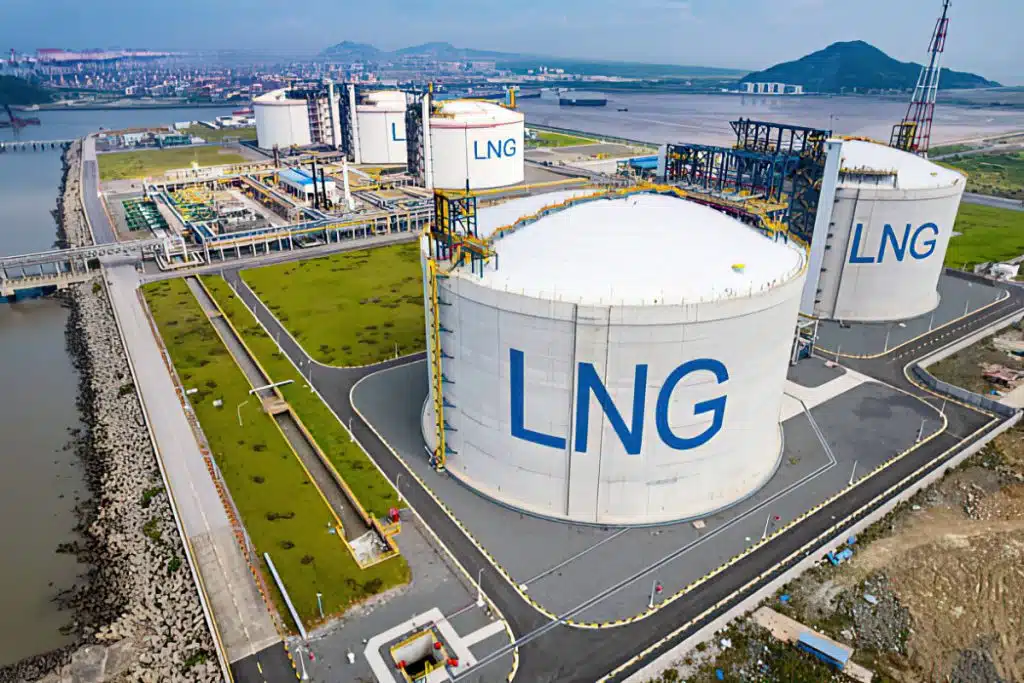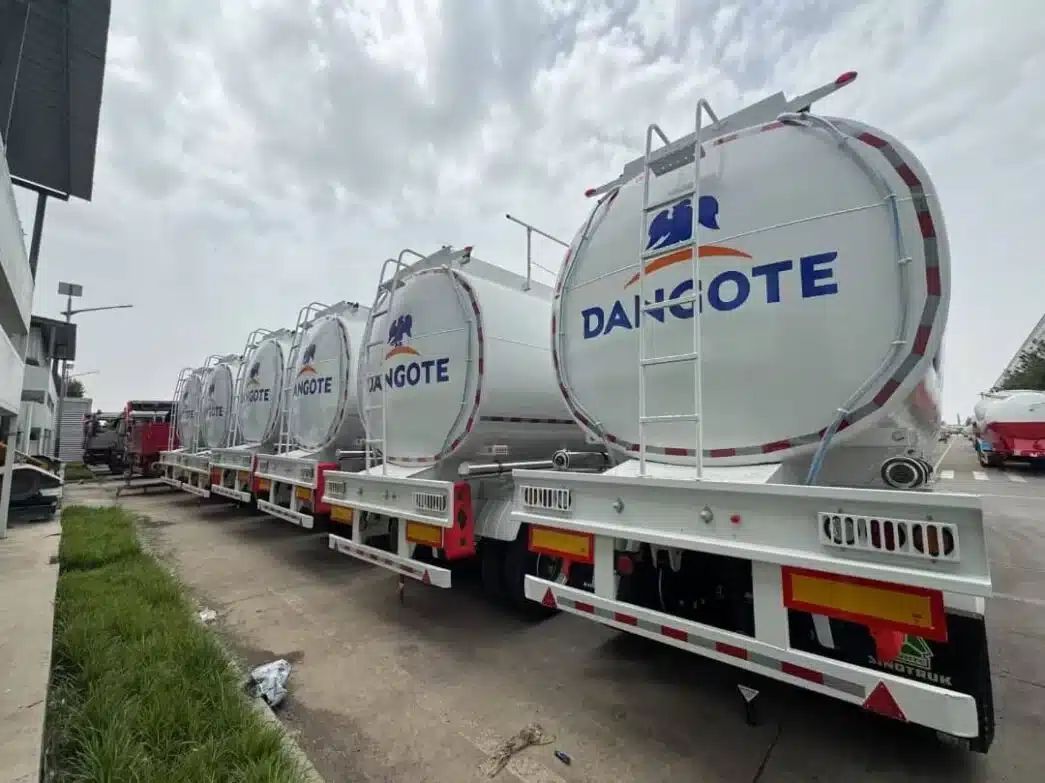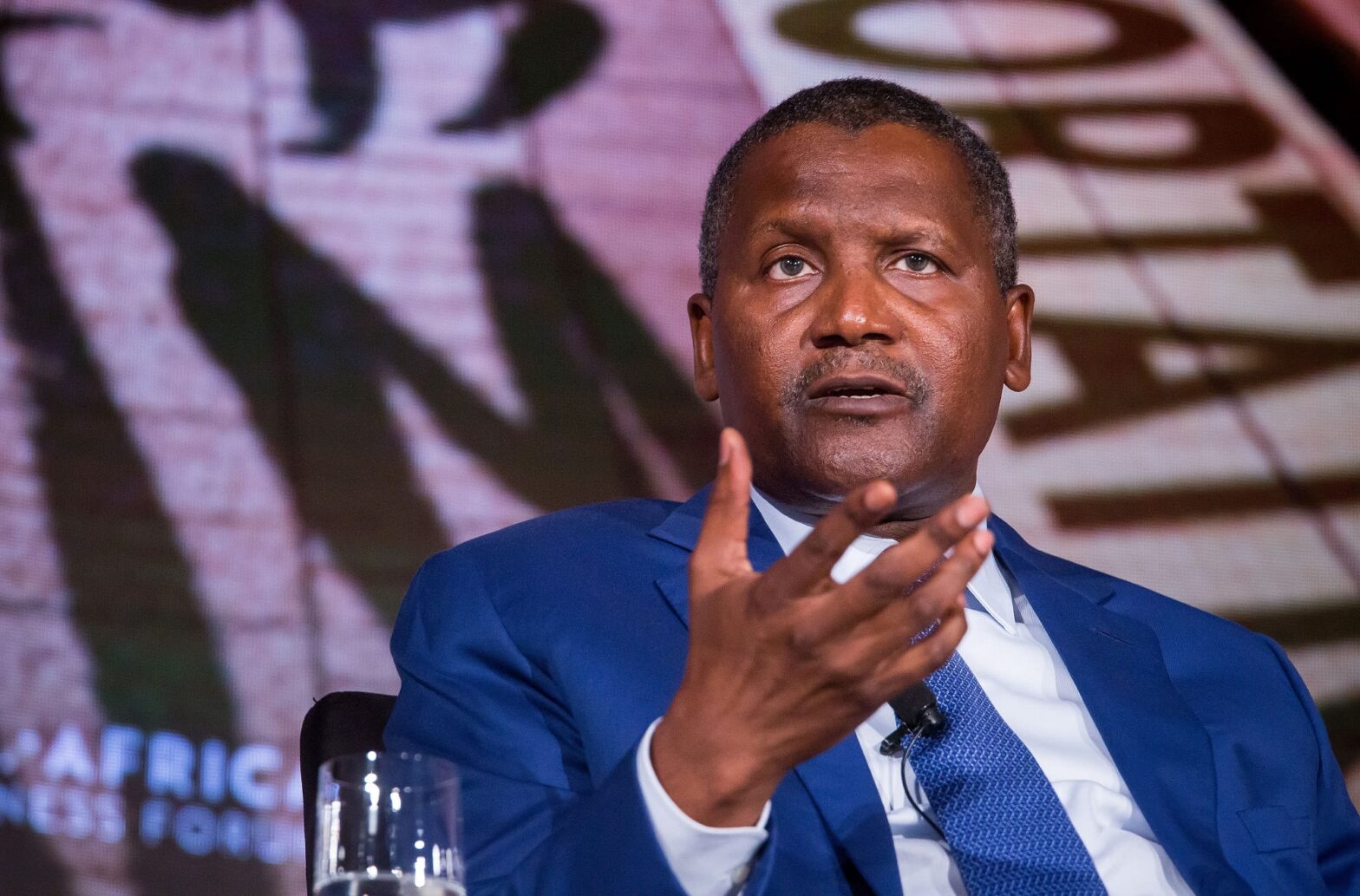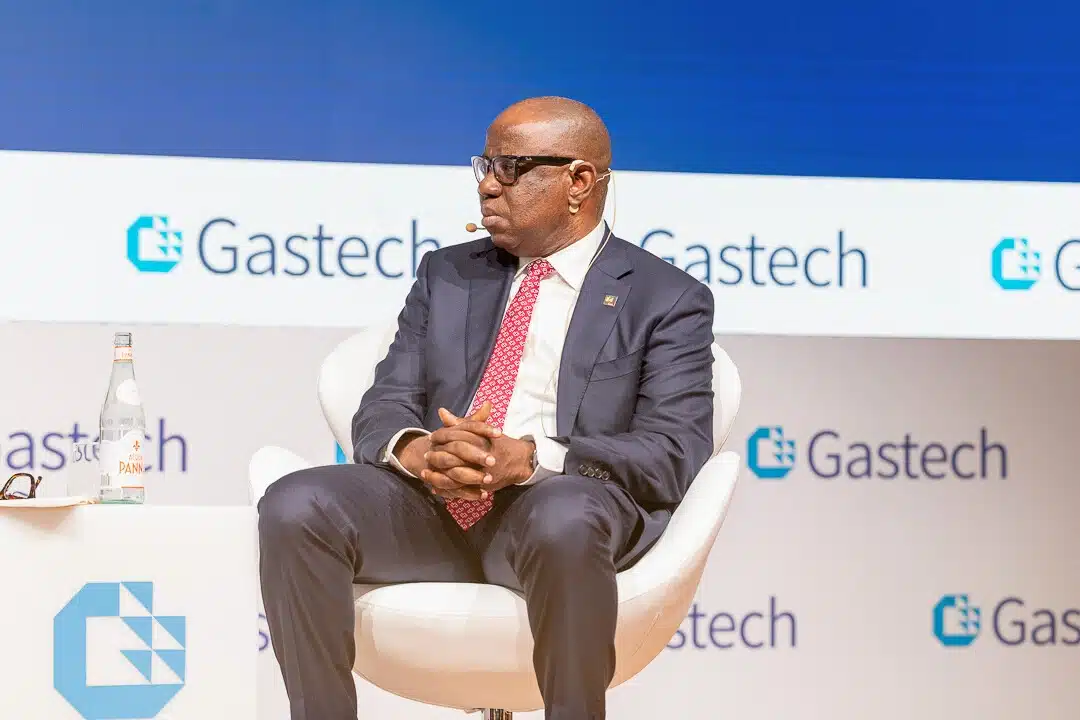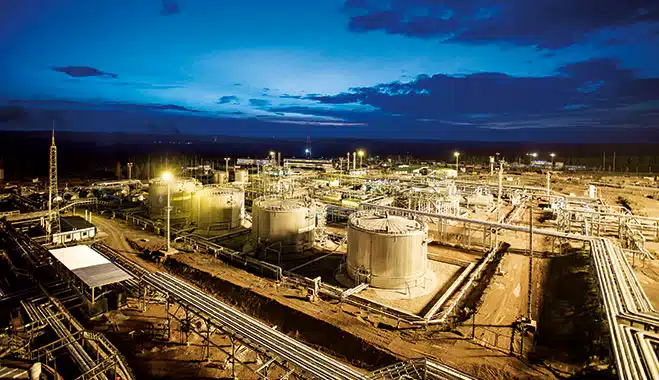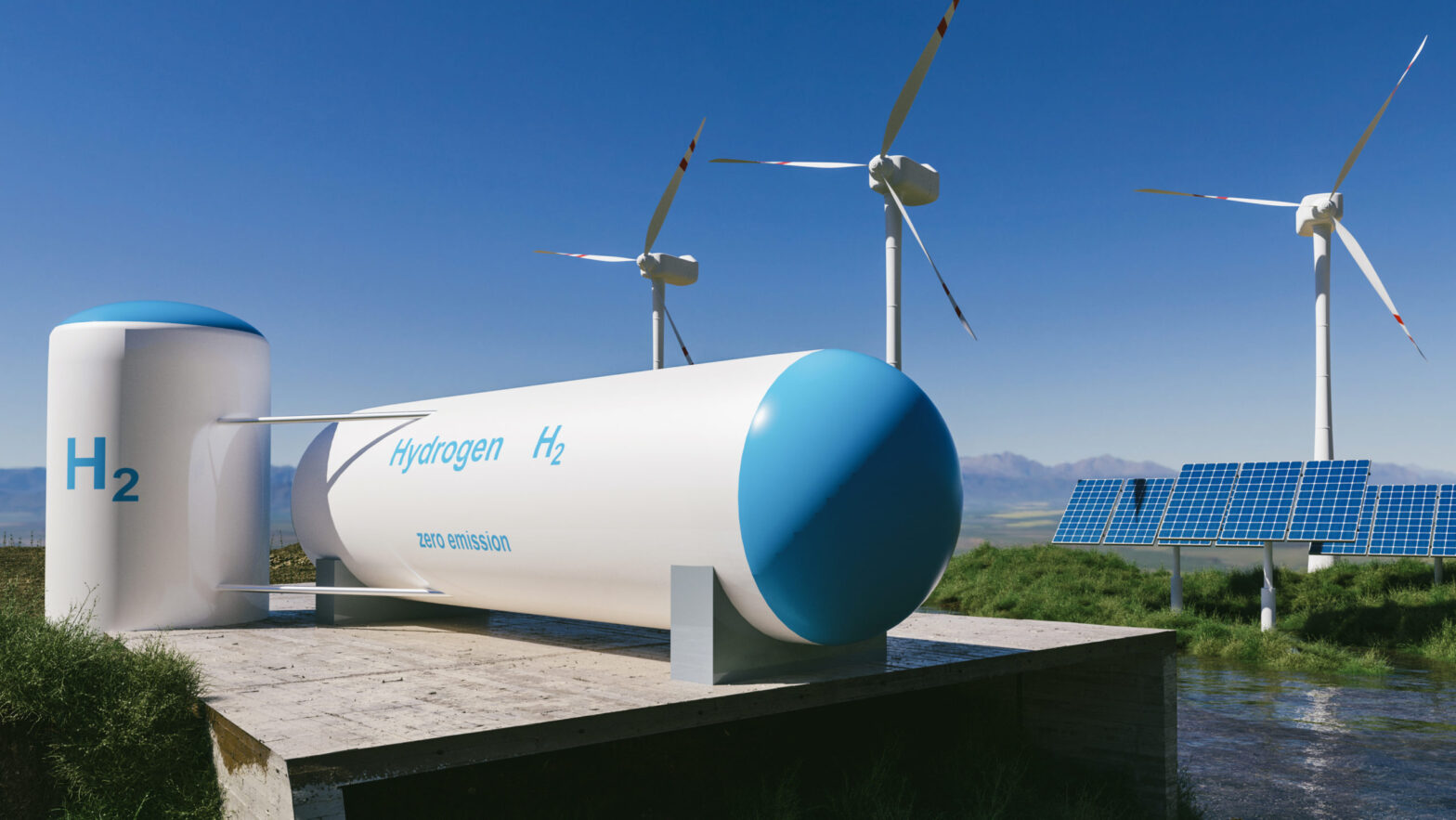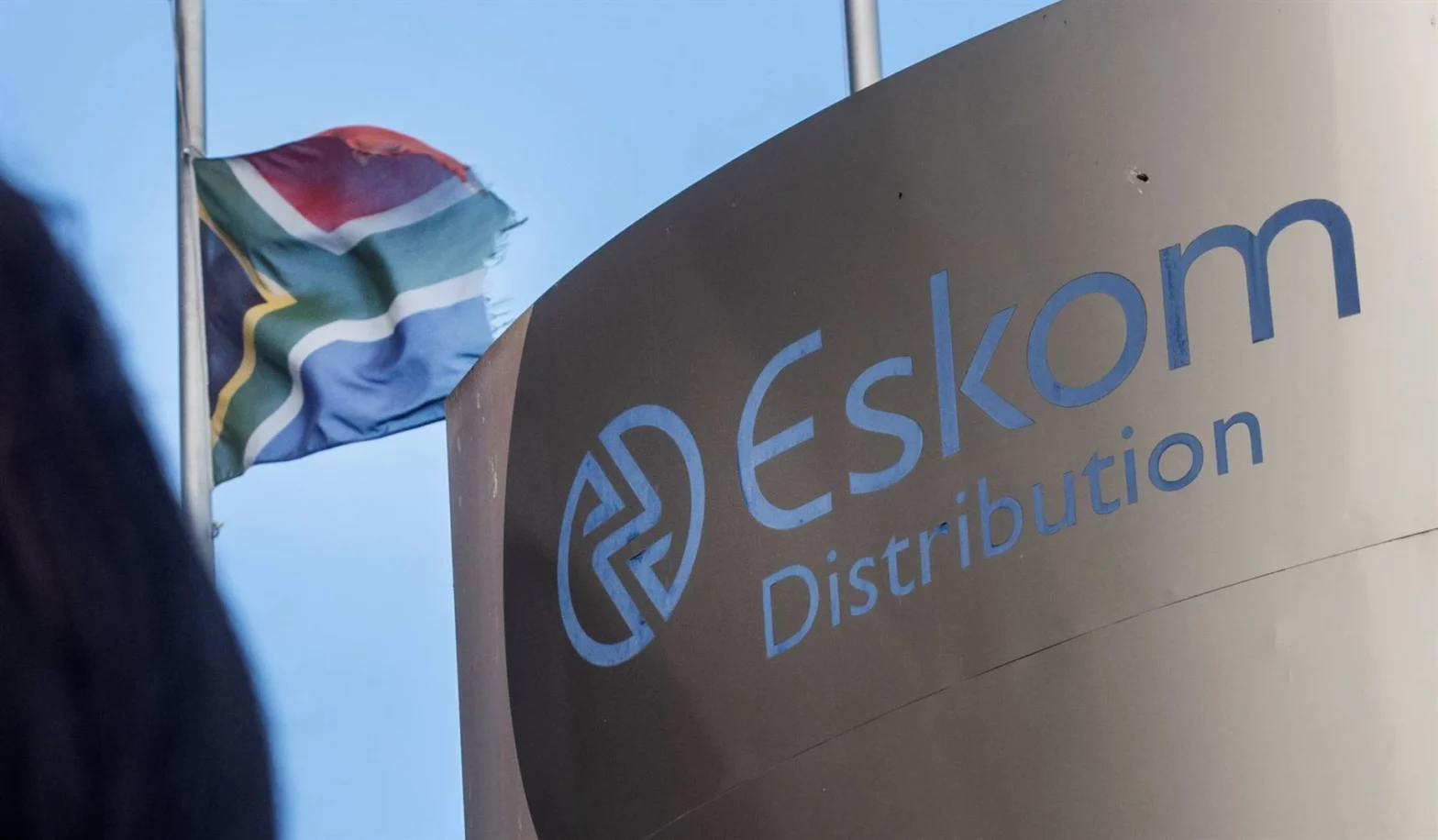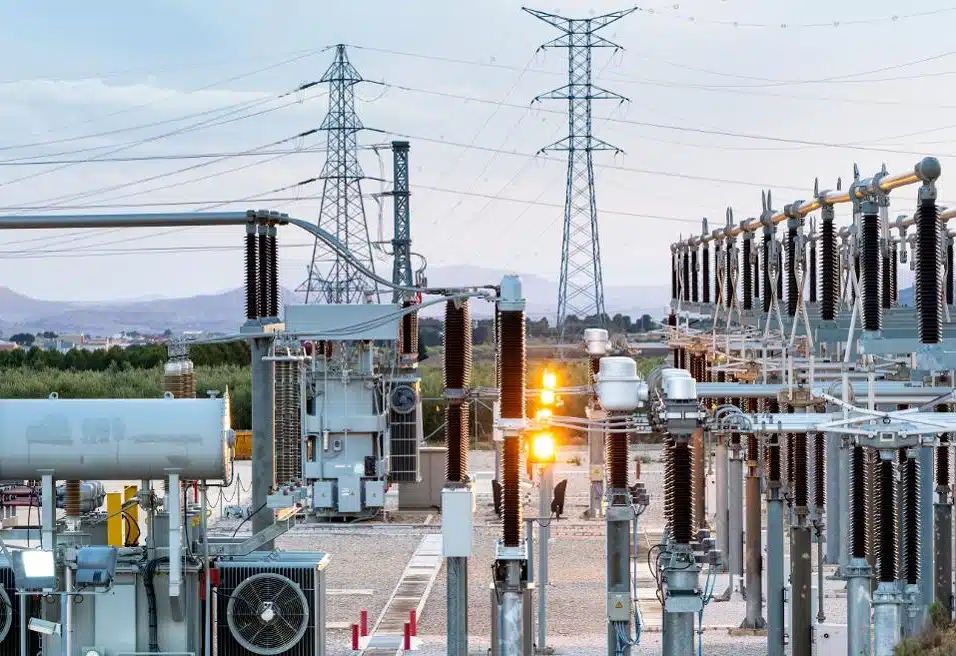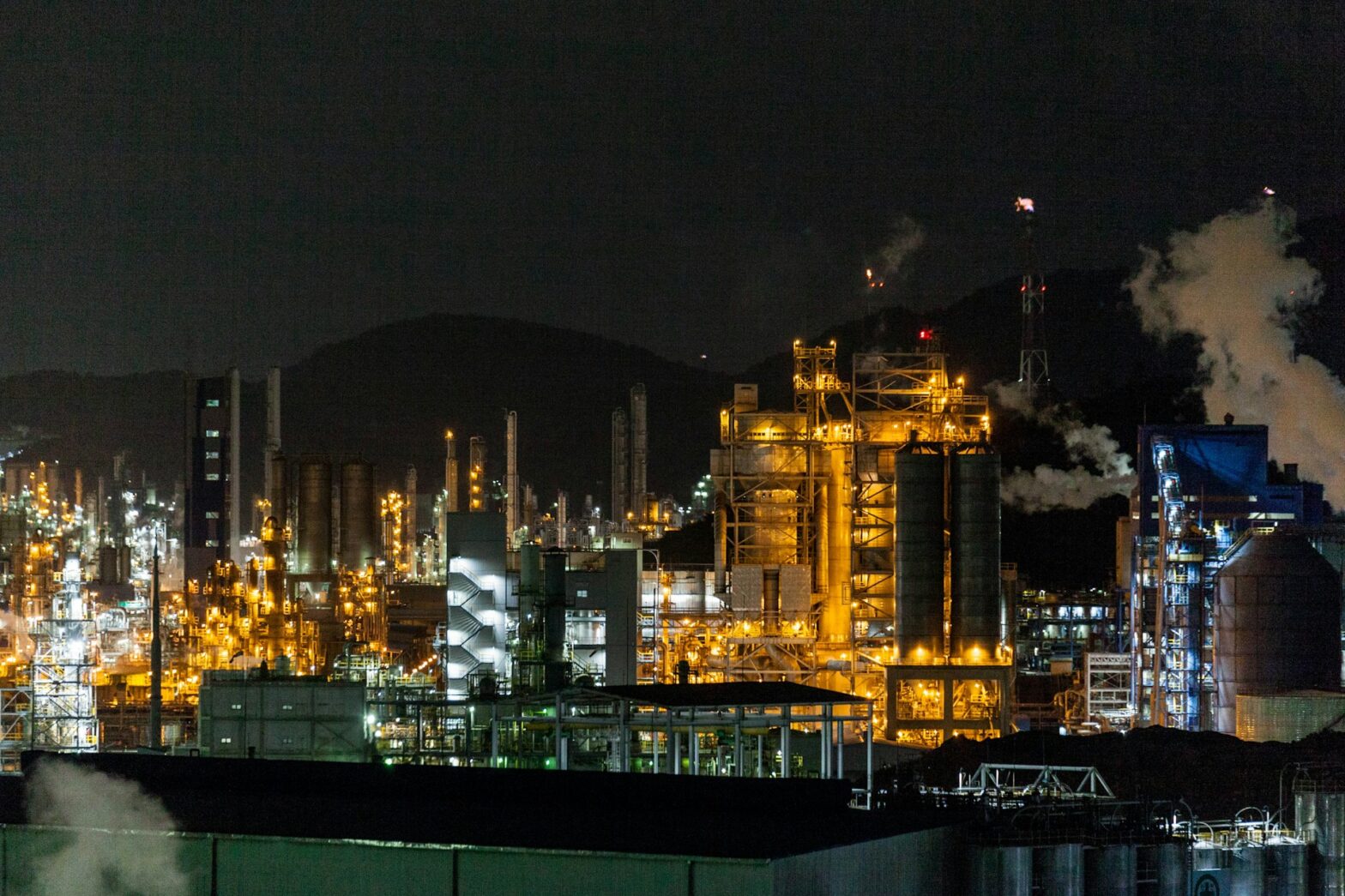In the global race to transition toward cleaner energy and maximize domestic value from natural resources, Nigeria and Angola—Africa’s two largest oil producers—are making noticeable efforts.
With a combined estimate of over 248 trillion cubic feet (Tcf) of proven natural gas reserves, these nations are no longer just oil giants; they are emerging gas powerhouses.
Yet, despite their natural gas wealth, both countries have struggled historically to efficiently and sustainably monetize the resource. For decades, gas flaring, underinvestment, regulatory uncertainty, and infrastructure gaps have slowed progress.
However, in recent years, there has been a wave of reforms.
From Nigeria’s Decade of Gas Initiative and several ambitious gas projects, to Angola’s push to revive its LNG exports and gas-to-power frameworks, this article explores the real progress on the ground in both countries.
Nigeria
With over 209 Tcf of recoverable natural gas reserves—one of the largest on the continent—Nigeria is repositioning gas as the cornerstone of its energy future.
Long overshadowed by oil, natural gas is now being championed as both a cleaner alternative and a more sustainable path to industrialization, power generation, and export growth.
In 2021, the Nigerian government launched the Decade of Gas Initiative to transform Nigeria into an industrialized gas-based economy by 2030.
The initiative focuses on:
- Expanding domestic utilization of gas in power generation, transportation, and industries
- Reducing gas flaring
- Enhancing LNG exports and gas-based manufacturing such as fertilizers, methanol, and petrochemicals
This policy initiative doesn’t just mark a critical shift from crude oil dependence to gas-led development, but it has also helped generate several relevant projects across Nigeria.
Key ongoing gas projects
- Ajaokuta–Kaduna–Kano (AKK) pipeline
AKK is a 614-kilometre pipeline under construction to transport gas from the southern Niger Delta to northern Nigeria.
The pipeline, when completed, will serve power plants, industrial zones, and export markets, helping decentralize energy access and support economic growth in northern regions.
As of April 2025, construction had reached over 70% completion, according to NNPC.
2. $10 billion LNG Train 7 project
Nigeria’s flagship LNG export facility is undergoing a major expansion with the Train 7 project, which will add 8 million metric tons per annum (mtpa) to its capacity.
The upgrade will boost NLNG’s total output to 30 mtpa, giving it a greater share of the global LNG market amid rising European and Asian demand.
As of this June, the project stands at 80% completion and is expected to be inaugurated early next year.
3. $3.5 billion Brass fertiliser/petrochemical project
A $3.5 billion gas-to-industrial-products venture located in Bayelsa State.
The project is backed by NNPC, Shell, TotalEnergies, and Eni, and is aimed at processing 270 mmcf/d of gas to produce urea, methanol, and other chemicals.
The project is expected to reach financial close by Q4 2025 and generate over $1.5 billion in annual exports.
4. $420 million ANOH gas project
The Assa North-Ohaji (ANOH) project is a large-scale gas processing facility located in Imo State, southeastern Nigeria. It is designed to process 300 mmcf/d of gas in the first phase for domestic use, LPG, and condensates.
The project is a JV between Seplat Energy and NNPC, and is associated with the OB3 pipeline, a key east-west connector, that is nearing completion.
Angola
Like Nigeria, Angola is also now working to reposition itself as a major player in natural gas monetization.
The country boasts trillions of cubic feet of associated gas from offshore oil fields—but the government has in recent years invested heavily on building infrastructure to convert it into LNG.
The target is to meet growing domestic demand as well as exports in key markets in Europe and Asia.
In 2023, Angola’s natural gas demand reached 591 million cubic metres.
This was an increase of 3 million cubic metres compared to 2022.
Angola unveiled a national gas master plan (NGMP) early this year to attract meaningful investment across the entire gas value chain, support economic diversification and bolster energy security.
The 30-year gas plan:
- Introduces clear fiscal, regulatory, and legal frameworks, including defined tax terms.
- Supports expansion of Angola LNG with new trains
- Shifts focus from associated gas to non-associated gas
Angola has set a national target to make gas 25% of its energy mix by 2025.
Ongoing gas projects
- The $300 million Sanha Lean Gas project
Sanha Lean is the world’s first LNG plant to be supplied by associated gas which comes as a by-product during oil extraction.
Operated by Chevron, the project supplies natural gas from Block 0 via pipeline to Angola LNG.
The first phase of the project will produce 80 mmcf/d of natural gas, while the next will add an extra 220 mmcf/d.
An ALNG executive told Reuters last year that the project will increase ALNG’s supply by about 40% over 15 years.
- $2.4 billion New Gas Consortium (NGC) project
The $2.4 billion New Gas Consortium (NGC) project will be Angola’s first non-associated gas project.
The first phase linking two offshore well heads at the Quiluma and Maboqueiro shallow water gas fields to the Angola LNG facility.
When completed next year, the project is expected to produce 330 mmcf/d of LNG and condensates, some of which will be exported.
The project is led by Azule Energy with other partners.
- 750MW Soyo II power plant
Sogo II is an ongoing 750MW combined-cycle power plant that will be operational by next year.
The thermal plant project consists of six combined cycle turbines; two steam and four gas.
It will benefit from pipeline infrastructure tied to the Angola LNG terminal and the Sanha Lean Gas Connection, which already transfers 80 mmcf/d to the Soyo region.
However, it is now evident that both Nigeria and Angola have begun to recognize natural gas as a strategic asset, marking a significant departure from the past, when it was largely treated as an operational by-product of oil production.
While Nigeria’s challenge lies in mobilizing financing to complete a number of ongoing gas commercialization projects, Angola’s transition to a gas-powered economy hinges on securing reliable long-term supply.

